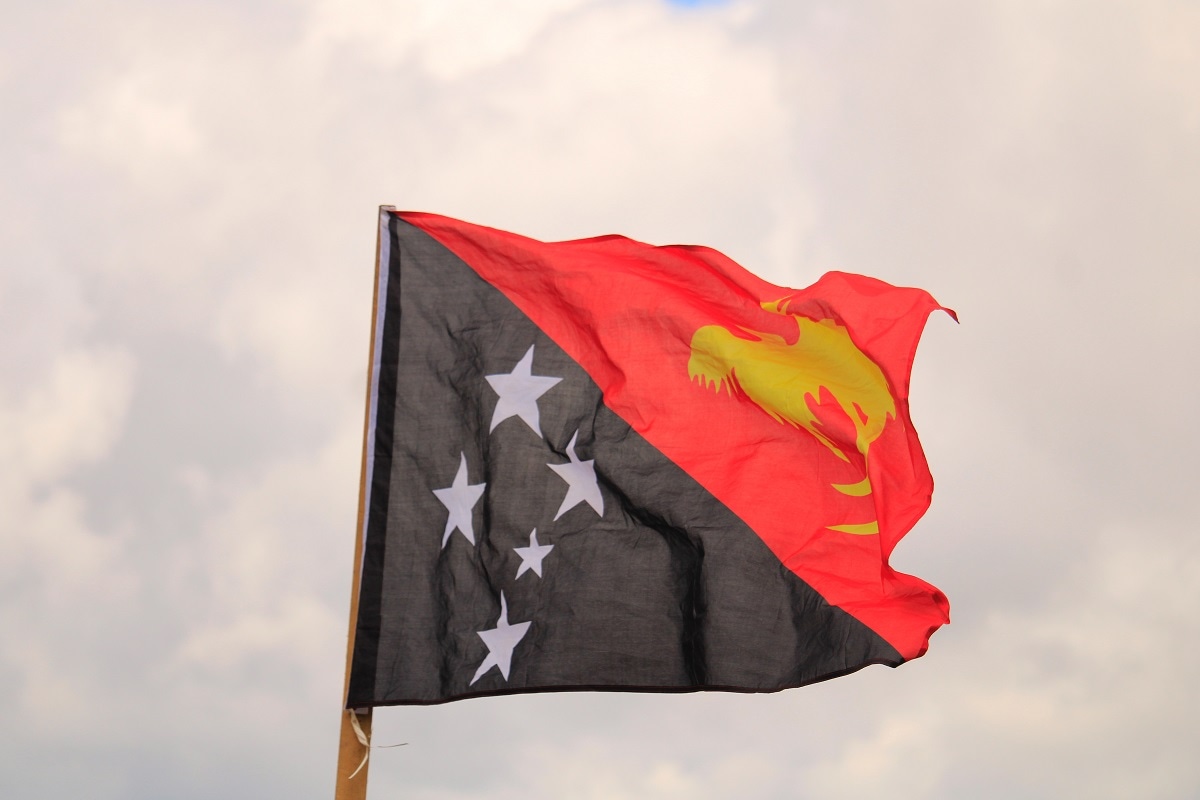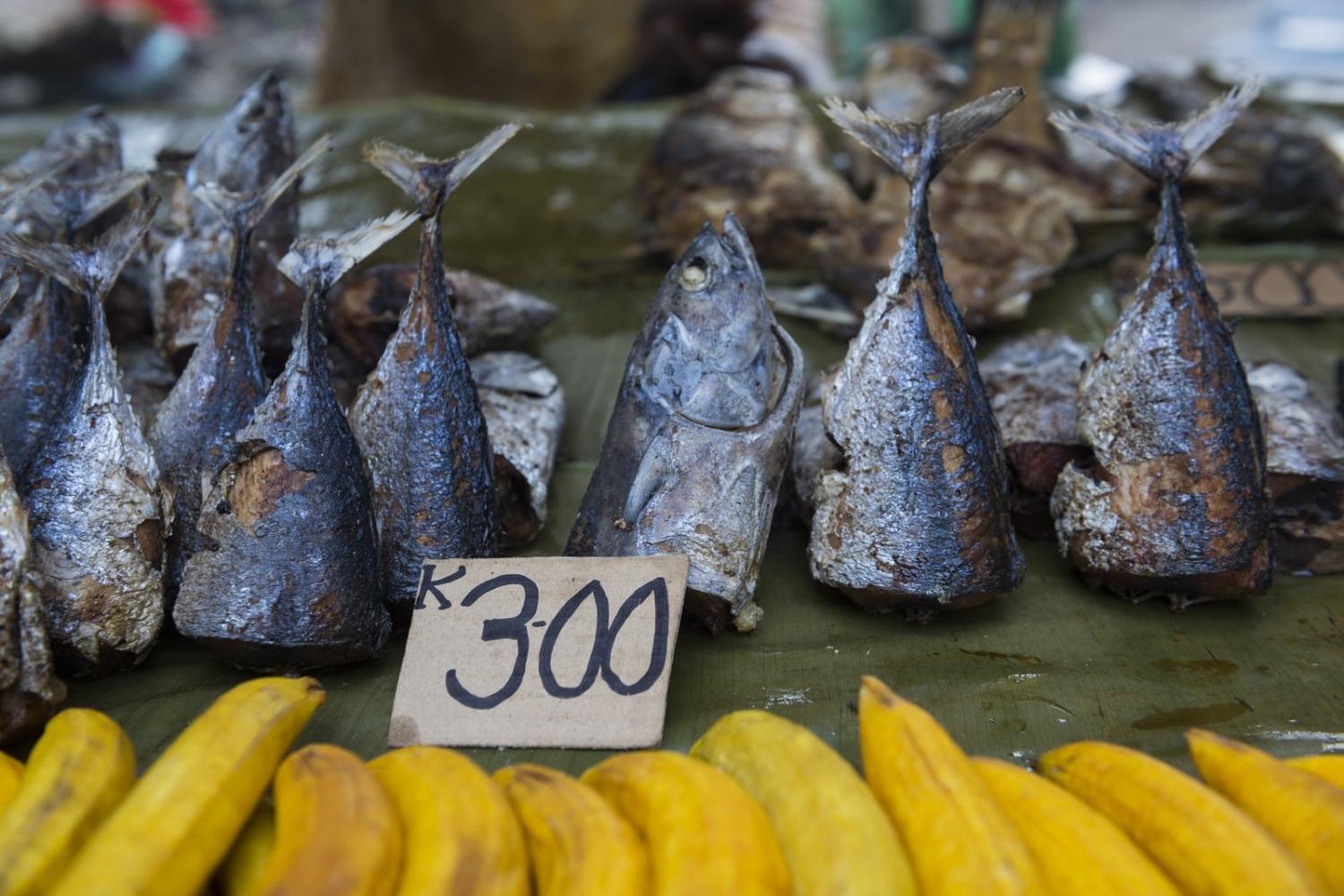Richard Maru, PNG’s trade minister, was startlingly direct at the Australia–Papua New Guinea Business Forum and Trade Expo held in Port Moresby last month. “Enough is enough,” he said, complaining that two-way trade between the countries had been heavily skewed in Australia’s favour for nearly 50 years. “Starting this year, we are moving on. We will partner with whatever country that will help us achieve that.”
China would be PNG’s focus for trade and investment opportunities, Maru went on to say, because not enough was being done to assist PNG’s agriculture exports to Australia.
“We are friends to all and enemies to none. We are not interested in geopolitics. Our main priority is securing the future of our people.”
To deepen trade with China, a feasibility study is underway to assess the possibility of a free trade agreement (FTA). While Australia is PNG’s largest trade partner, China is a close second, coupled with PNG enjoying the largest trade surplus of any of its other trade partners.
Australia is also pursuing an FTA with PNG, with its own feasibility study to be concluded this month. On the surface, Maru’s concern about PNG’s trade with Australia seems spurious – PNG enjoyed a K1 billion (AU$380 million) trade surplus with Australia in 2021. But Maru isn’t happy with agriculture exports, which account for less than 2% of PNG’s exports to Australia, while minerals dominate. Domestically, agriculture is important, contributing 17% of GDP and employing the largest number of Papua New Guineans formally and informally.
For its part, Australia is committed to bolstering PNG’s agriculture exports, with Australian Prime Minister Anthony Albanese earlier this year promising assistance to improve the bio-security regime that will enable farmers and producers to access international markets. Further, Australia’s FTA feasibility study will look at reducing barriers to investment in agriculture, as well as reducing other tariff and non-tariff barriers. A boost in agriculture exports will certainly lead to a rise in incomes and employment.

Work on both the PNG–China and PNG–Australia FTAs is in the early stages. Following a feasibility study comes consultations with relevant stakeholders and negotiations between respective governments, which can take a long time – although PNG’s Prime Minister James Marape intends to complete the China FTA at the “very earliest” opportunity. Work on the FTAs faces a political risk as well – if Marape is removed as PM when votes of no confidence are allowed in 2024, a new government may choose to delay or end work done on any of the free trade deals.
That said, for PNG, these trade agreements bring a positive shift in policy, forcing government out of the protectionist regime it has adopted in recent years. Between 2018 and 2019, PNG introduced 323 tariff line increases to assist local manufacturing companies and raise government revenue, reversing a 20-year tariff reduction program (TRP).
PNG has three tariff categories: intermediate, protective, and prohibitive. Intermediate rates are applied to inputs used in the production processes of local industries. Protective rates are imposed on imports of final goods that compete with domestic producers. Prohibitive rates are the highest category of tariffs, applied to goods deemed valuable exports.
The TRP reduced tariff rates at three-year intervals beginning in 1999. The target in 2019 was for intermediate tariffs to reach 10% from an average of 30%; for protective rates to reach 10% from an average of 49%; and for prohibitive rates to reach 25% from rates above 55%. By 2015, intermediate, protective and prohibitive rates had reached 10, 15, and 30% respectively.
Tariff hikes in 2018 and 2019 raised rates by an average of 7% and 14% respectively. The PNG government further introduced levy and fee increases on imported oil palm machinery in 2020.
The tariffs and levies have contributed little to government coffers, failing to exceed 3% of government revenue since 2018. Further, these tariff hikes may not assist manufacturers as intended. While a study on the effectiveness of the 2018 and 2019 tariffs hasn’t been conducted, a tariff study in 2003 found that the manufacturing sector, then protected by high tariffs, expanded the slowest. High tariffs also negatively affected export industries by raising costs on imported inputs and punishing large capital-intensive producers.
The FTAs will be at odds with Marape’s other policies to encourage import substitution. For instance, in promoting timber processing, government increased the export tax on round logs by 20% this year. This follows the 2020 export tax rate increase from 32.5 to 59% on round logs which drove several logging companies out of business and led to a fall in log exports. In addition, government has announced a ban on round log exports in 2025, although similar promises in the past have not been kept.
Overall, FTAs with both Australia and China are welcome as they will lead to better development outcomes for Papua New Guineans and encourage PNG to revisit policies that have been detrimental to trade. In the years to come, however, an FTA with China will likely make the superpower PNG’s most important trade partner.

